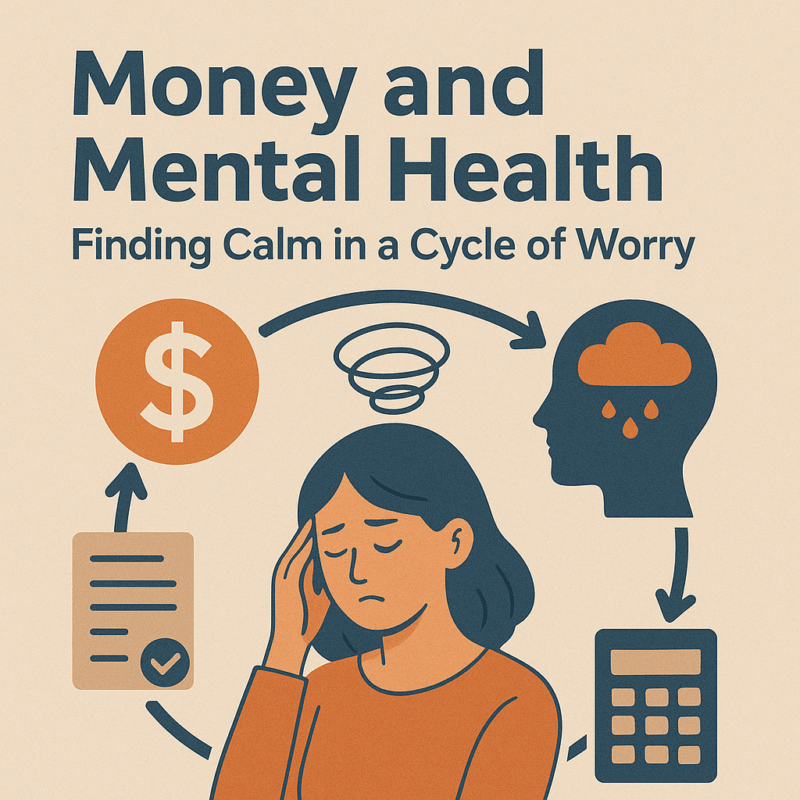Market turbulence can be unsettling, but it’s important to remember it is a fact of life. These key points can help you navigate choppy markets.
Investing in the stock market has been a prudent long-term strategy for many investors, but market turbulence can still be hard to stomach.
Remember, though, that market dips are not unusual, and you are likely to experience many in your investing lifetime. With that in mind, here are some tips for navigating choppy markets.
- Bear markets are a part of life; keep a long-term focus
Since 1972, the MSCI World Index, which is an index comprising global shares, has experienced eight bear markets. A bear market is defined as a fall of more than 20% from the index’s most recent high (the grey shaded areas in the chart). But history has shown that shares typically post strong results over the long term (10 years or more).
Downturns aren’t rare events.
Past performance is not a reliable indicator of future results.
Notes: The chart shows the MSCI World Price Index from 1 January 1972 to 31 December 1987 and the MSCI AC World Price Index thereafter. The grey shaded areas represent bear markets, defined as price decreases of more than 20% from the most recent high.
Source: Vanguard calculations in GBP, based on data from Refinitiv, as at 3 July 2024.
When markets fall, it’s important to consider staying invested so that you can participate in the recoveries that typically follow.
2. Timing the market is futile
One reason investors shouldn’t try to time the market is that they run the risk of missing out on strong performance, which can seriously hamper long-term investment success.
Historically, the best and worst trading days have tended to occur close
trading days have tended to occur close together, often during periods of
heightened market uncertainty. In the chart below, the gold bars, which
represent the 20 worst trading days, look like mirror images of the green bars, which signify the best trading days. This makes the prospect of successfully timing the market almost impossible.
The best and worst trading days happen close together.
3. Don’t panic during market turmoil
Investors who sell their investments and switch to cash during stock market downturns have typically underperformed those who remain invested.
As the chart below shows, the longer you are out of the market, the worse that underperformance tends to be. For example, an investor who switches to cash for three months has a 61% chance of underperforming someone who remains invested in a balanced portfolio. The average underperformance is -1.6%. If they switch to cash for 12 months, those
numbers are 79% and -9.1%, respectively.
The chance of underperforming if you switch investments to cash.
Past performance is not a reliable indicator of future
results.
Notes: The chart shows the returns of cash
versus a global 60% share/40% bond portfolio in 3-, 6- and 12-month periods
after 3-month total returns of global shares were below 5%. Shares are
represented by the MSCI AC World Total Return Index. Bonds are represented by
the Bloomberg Global Aggregate Bond Index Sterling Hedged. Cash is represented
by Sterling 3-Months Deposits, which mirrors what an individual could get in a
3-month fixed-rate savings account. Data is based on the period between 31
January 1990 and 30 June 2024.
Source: Vanguard calculations in GBP, based on
data from Refinitiv, as of 30 June 2024.
What you can do when volatility hits
Here are some simple steps to help you avoid overreacting to
short-term downturns and position yourself for long-term success:
· Tune
out the noise. There’s an old adage that you should never check your
portfolio when stock markets are falling. It’s a wise recommendation. As the
charts above show, making a hasty decision could mean your investments
underperform and you don’t meet your investment goals.
· Control
what you can: costs. Fees eat into your investment returns. This is
particularly painful when stock markets are falling.
· Set
realistic expectations. Historical return averages are simply that –
averages. The average will be made up of good and bad years – that’s what
investing is.
· Stay
diversified. One way to insulate your portfolio is to blend shares and
bonds1 in a way that suits your attitude to risk and goals.
Bonds have historically helped to stabilise portfolios during stock market
downturns. By having a broad spread of investments across global markets, you
can benefit from investments that may perform well when others are falling.
1 Bonds are a type of loan issued by governments
or companies, which typically pay a fixed amount of interest and return the
capital at the end of the term.
James Norton
Head of Retirement and Managed Services, Vanguard, Europe



